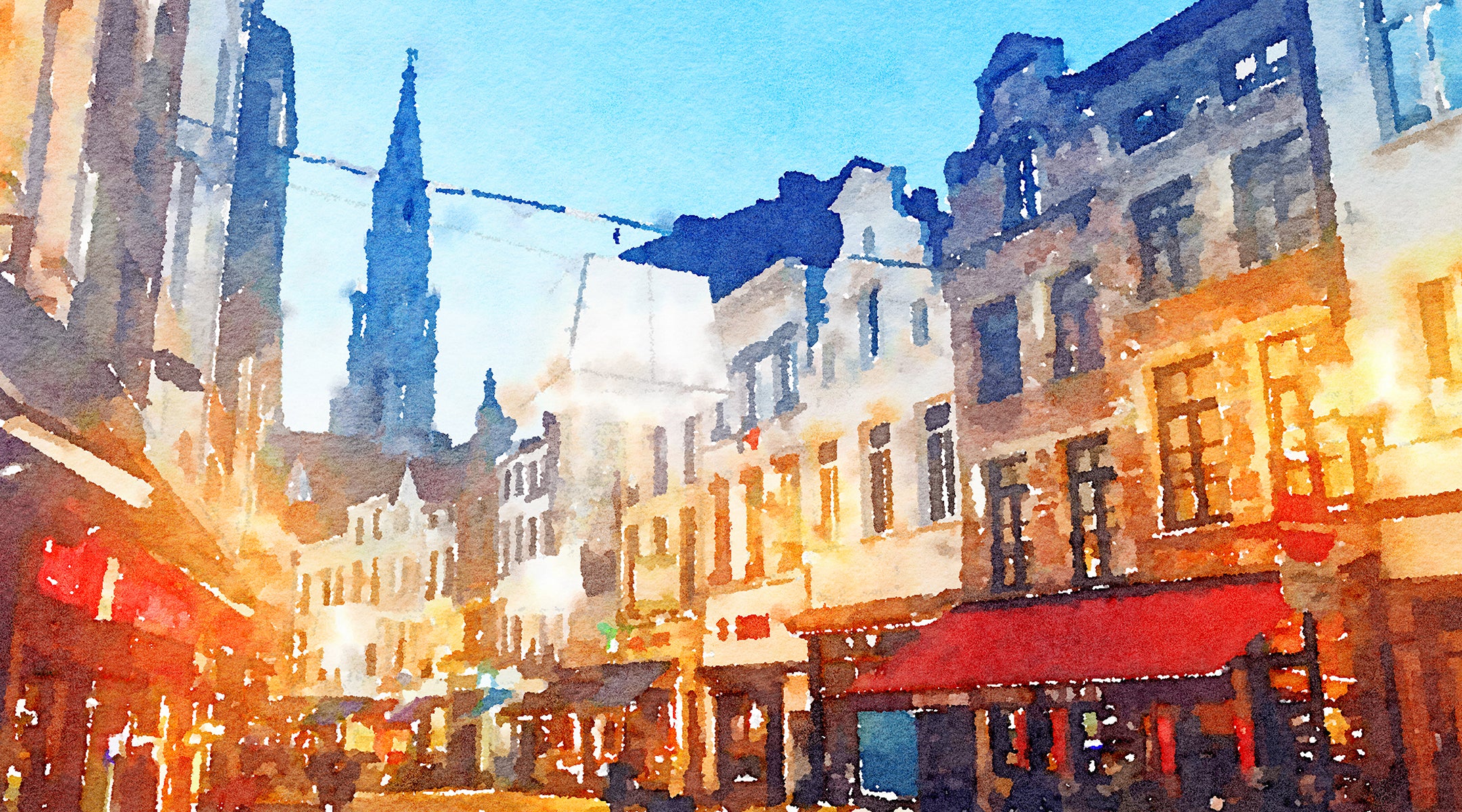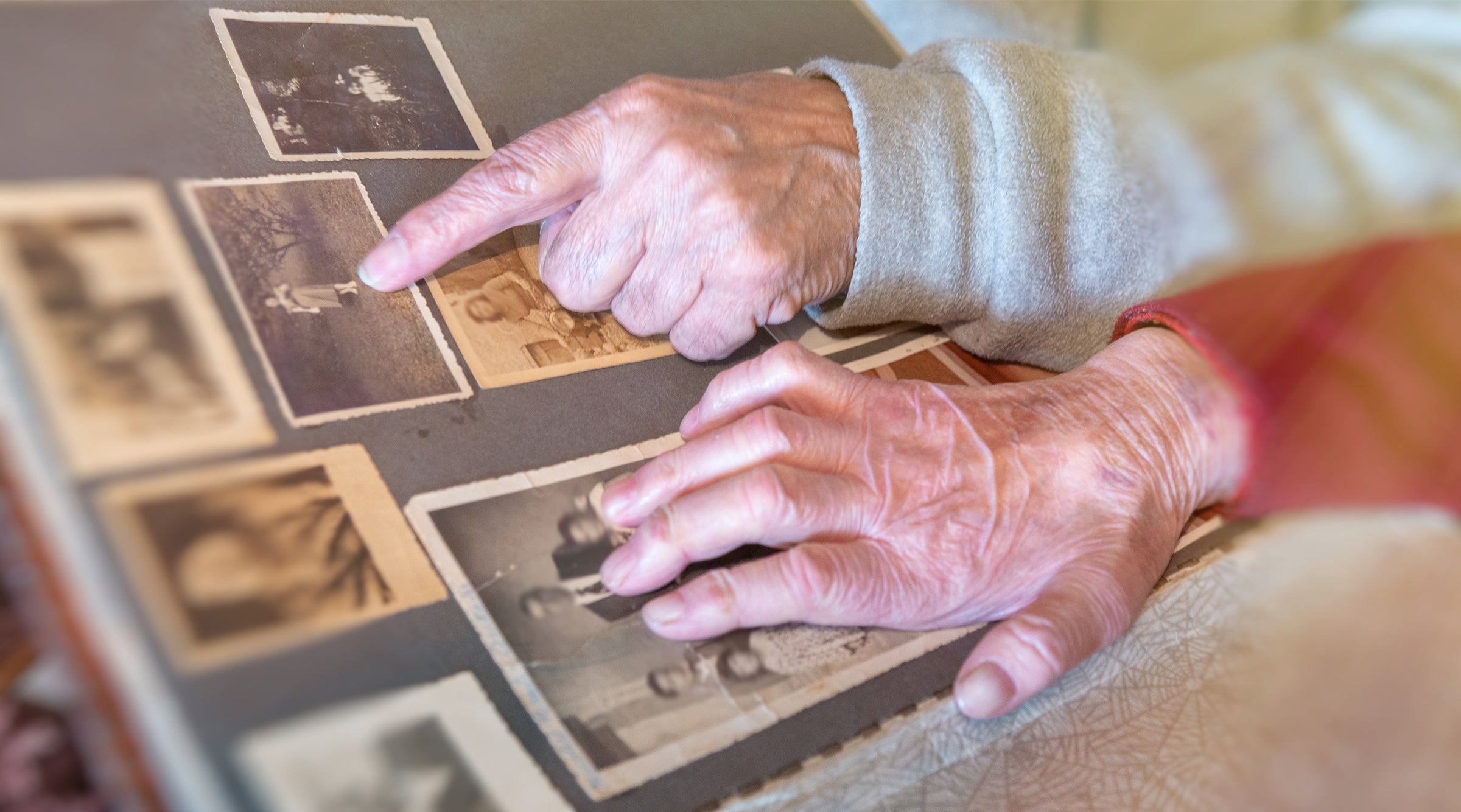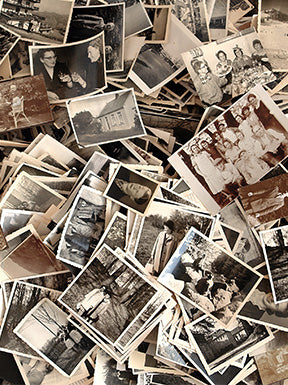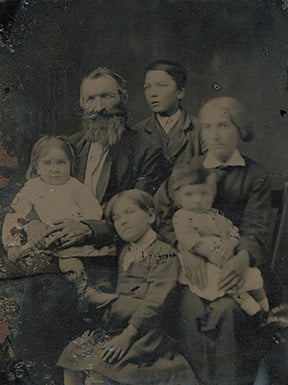Can you imagine a world where Michelangelo’s Sistine Chapel frescoes didn’t exist? Or where Picasso's famous Guernica would disappear? What if we could never marvel at magnificent National Geographic wildlife photography?
This is simply impossible. As John Lubbock remarked: “Art is unquestionably one of the purest and highest elements in human happiness. It trains the mind through the eye and the eye through the mind. As the sun colors flowers, so does art color life.”
But even something as powerful as art has its weakness. The physical condition of a piece of artwork can be challenged, particularly by the course of time. Still, we don’t have to take no for an answer thanks to different tools and techniques. Look at Mona Lisa, for example – we have been able to keep her alive for centuries! She couldn’t have gone so far without the help of restoration and conservation.
Time is bound to take its toll, but restoration and conservation can help us safely guard irreplaceable works– whether we’re talking about a painting, sculpture, or photographs. Restoration means restoring a piece back to its original form, with aesthetics being the main focus. On the other hand, conservation incorporates interdisciplinary techniques and scientific, historical analysis to preserve and archive objects for the future.
Let’s dive deeper into art and photograph restoration.
Preserving our history
There’s no question that our history teaches us some invaluable lessons. Without learning from past mistakes, for example, how could we ever really move forward? In this sense, art – and photography, perhaps even more so in the past two centuries – played a key role. Being our ultimate guide across history, they usher us towards greater knowledge and connection with humanity itself.
Your family photos might not necessarily qualify for UNESCO protection, but that doesn’t mean that they can’t fall into the hands of qualified restoration professionals. Still, be it a family heirloom (like jewelry or letters) or a groundbreaking piece of cultural heritage, taking care of our historical artifacts requires an entire skillset and a considerable amount of patience.
After all, restoration experts need to take into consideration a whole range of potentially detrimental factors, including time, light, humidity, or storage materials. Conservation professionals have to consider all these aspects to best protect the item for decades, and even centuries, to come.
Restoring photos is an art in itself
Let’s say that you have a picture, which was taken at your great grandparents’ wedding, showing the whole family together. What’s more, this photo was taken at the village where they lived, a place that was destroyed during World War II. Being able to peek into a time and space that no longer exists is truly special.
Each photograph inherently shows a special moment intended to be remembered forever and deserves to be stored or displayed in a special way. Often, items bought like albums or frames may not actually be safe for the photographs and they wind up damaged or deteriorating over time. Today, restoration services leverage a diverse range of digital tools to ensure that a photo can be brought back to its original and unique state.
To accomplish this, the restoration professional has to assess the technical and emotive aspects of the image. What parts need more tedious attention than others, how to maintain the moment’s mood, and understand the overall anatomy and physiology, light, and shadow of the person or scene pictured.
From an expert perspective, restoring a photograph is like having a sphere in front of you. To replicate it on paper, many might only draw a circle when in fact there is much more there. Translating what is seen into a clear depiction using light, shadow, understanding of perspective and weight is the work of an artist. There are deeper and more dynamic parts of a photograph that the restoration artist sees. And they have the technical skill and tools to recreate and restore what in fact was there... the story the original image is telling.
Protecting stories, forever
Back in 2012, a man punched a hole straight through Monet’s beautiful Argenteuil Basin with a Single Sailboat. Back then, it took the restorers 18 months of intense work to bring it back to its original state, and the team had to consider a whole range of elements.
In digital photo restoration, thankfully the process is quicker. It too can be an intense process, and the digital tools and techniques mimic the tools and process of original restoration, but there is a lot less at stake when working on a copy of the original. Though digital photo restoration artists may work differently than those saving Monet’s masterpiece, they are, ultimately, helping protect, archive, and share our contemporary version of storytelling.
If you want to learn more or get a quote for your photo restorations, click here.








